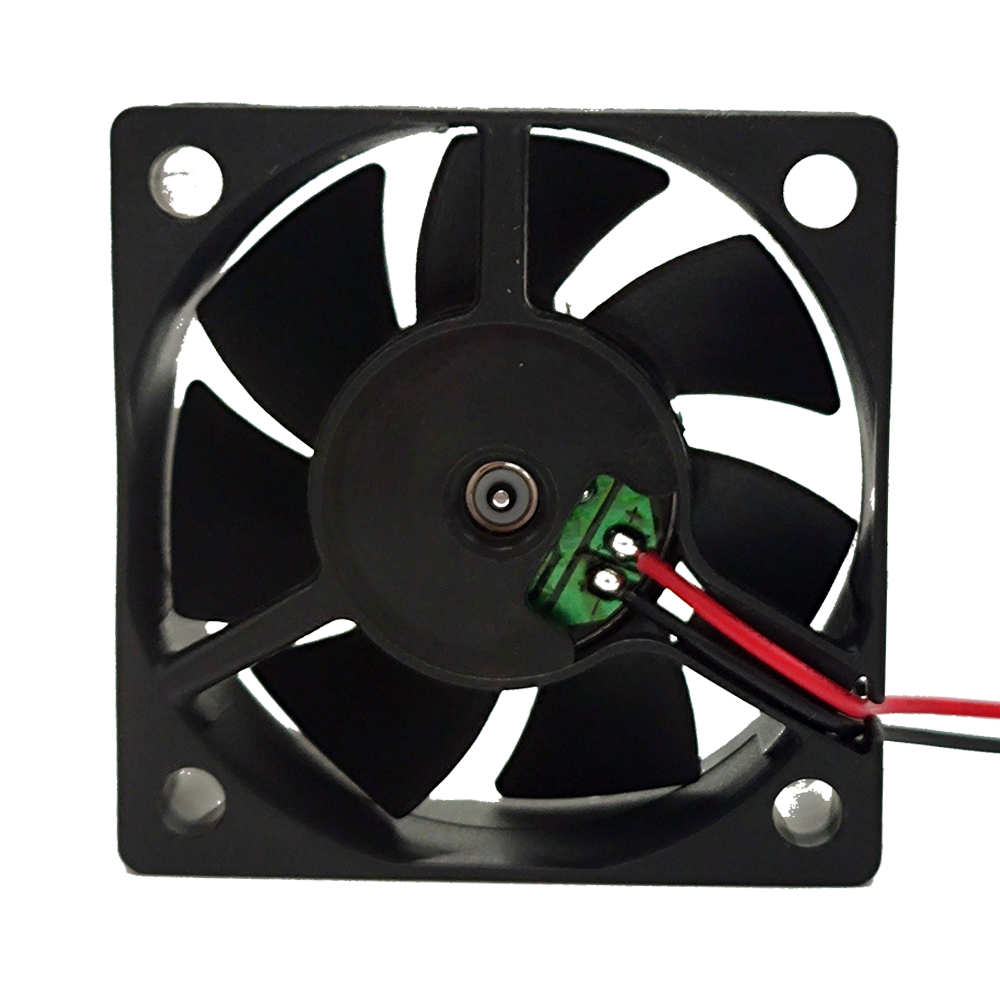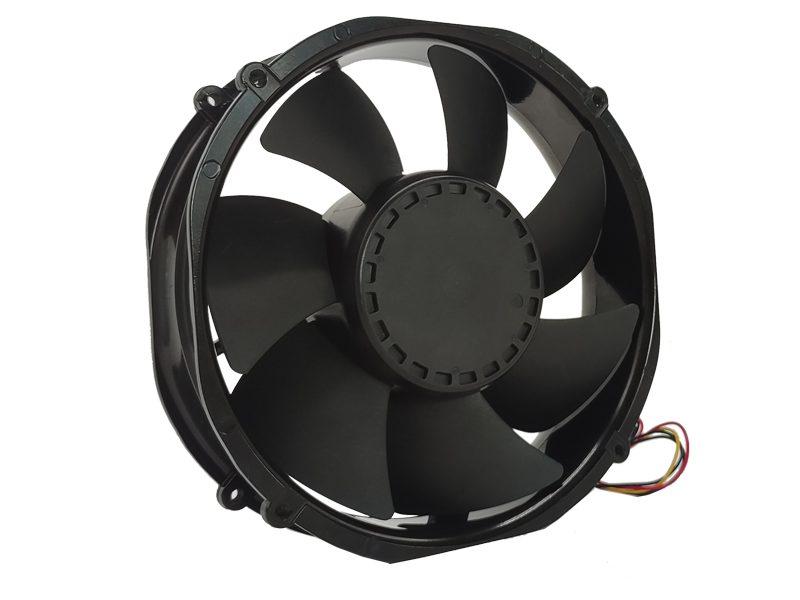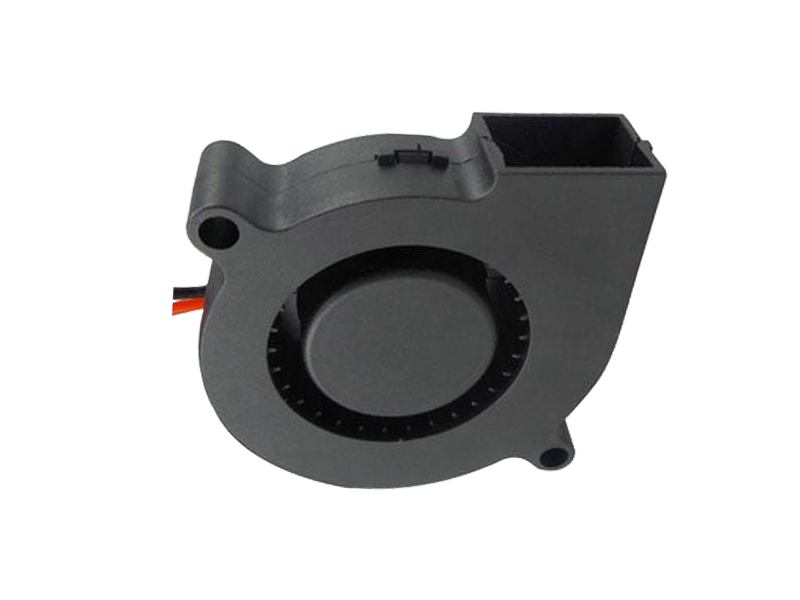The industrial fan sector is undergoing a paradigm shift, driven by advancements in electromagnetic technology and the integration of Industry 4.0 ecosystems. Modern industrial fans are no longer mere mechanical devices but sophisticated systems that balance aerodynamic efficiency, energy optimization, and predictive maintenance capabilities. This article explores how electromagnetic innovations and smart connectivity are reshaping industrial fan design and functionality.
1.1 Permanent Magnet Motors: The Silent Revolution
Traditional induction motors in industrial fans suffer from energy losses due to rotor resistance and slip. Permanent magnet synchronous motors (PMSM) eliminate these inefficiencies by using rare-earth magnets embedded in the rotor. This design achieves:
95%+ Efficiency: Compared to 85% for induction motors, reducing energy costs by up to 30%.
Compact Form Factors: Smaller motor footprints enable sleeker fan designs without compromising torque.
Wide Speed Range: Vector control algorithms allow precise speed regulation from 10% to 120% of nominal speed.
A case study from a steel mill in Germany reveals that replacing induction motors with PMSMs in ventilation systems reduced annual electricity consumption by 4.2 GWh, equivalent to $650,000 in savings.
1.2 Smart Sensor Fusion: From Reactive to Predictive
Industrial fans now incorporate IoT-enabled sensor networks that monitor:
Vibration Spectra: Accelerometers detect bearing degradation through frequency domain analysis.
Thermal Mapping: Infrared sensors track motor winding temperatures to prevent thermal runaway.

Airflow Quality: Particulate sensors adjust fan speed based on dust/contaminant levels.
A predictive maintenance algorithm developed by a leading manufacturer uses machine learning to correlate vibration patterns with bearing failure modes. Field trials show a 78% reduction in unplanned downtime and a 45% extension of bearing service intervals.
1.3 Digital Twin Technology: Virtual Commissioning
Manufacturers now use digital twins to simulate fan performance across operational scenarios:
CFD-Thermal Coupling: Model airflow patterns and thermal gradients in virtual environments.
Lifecycle Simulation: Predict motor insulation degradation under varying load profiles.
Acoustic Profiling: Optimize blade geometry to meet noise regulations before physical prototyping.
A chemical plant in Texas utilized digital twins to redesign their HVLS (High-Volume, Low-Speed) fans. The virtual optimization reduced airflow turbulence by 22%, resulting in a 15% increase in cooling efficiency during plant commissioning.
Recommended Products

The main purpose:Car charging station

The main purpose:Car charging station

The main purpose:Electronic refrigerators, water dispensers, direct drinking machines, inverter power supplies
Address:No. 4137, Longgang Avenue (Henggang Section), Henggang Community, Henggang Street, Longgang District, Shenzhen
hotline:13530005572(Chen)15112579390(Li)


Welcome all friends to come for consultation and negotiation.
Copyright 2024 @ Shenzhen Youneng Xinyuan Electronics Co., Ltd.,(industrial fans,industrial blowers,axial fans,cooling fans manufacturer,centrifugal fans,ac cooling fans,dc cooling fans)